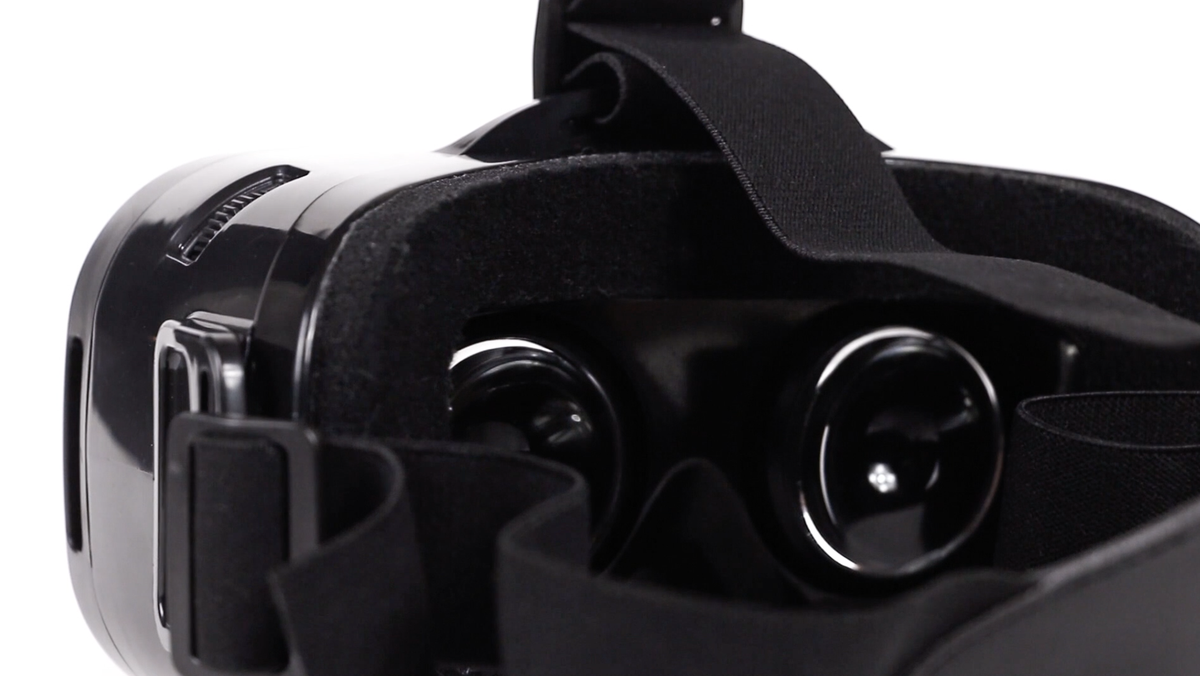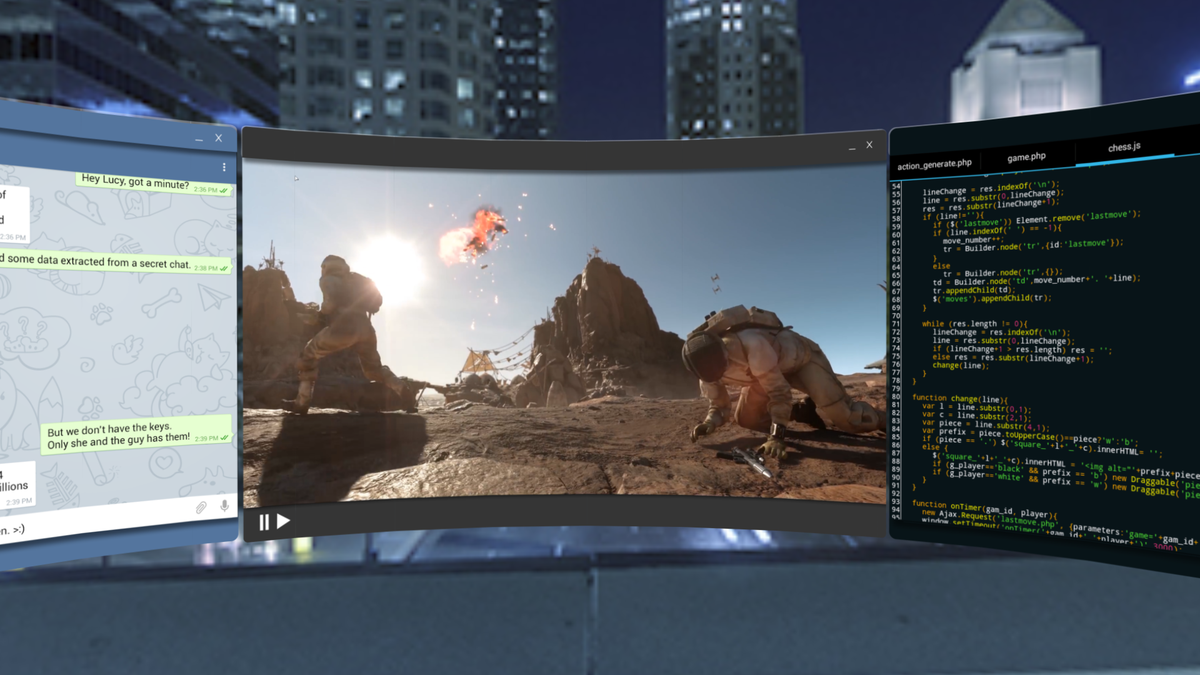After having been given $1,000 by his grandma at only 13-years-old, Erik Finman, now 17, made the risky decision to invest in the notoriously volatile Bitcoin market. His investment very much paid off.
When he was 15, only a year and a half later, he liquidated his Bitcoins, making a cool $100,000. He’s now crowdfunding his very own VR headset. He has been featured in Time Magazine, Mashable, CBS News, Business Insider, The Times, BBC, and more.
From Bitcoin investment to Marvel VR headset
After Bitcoin’s price skyrocketed past the $1000 per bitcoin mark in 2014, Erik Finman, having presumably bought in at the sub-$100 per bitcoin mark in 2013, sold for monumental profits.
In his TEDxTeen talk, he says about this experience:
“I was competitive with my brother. And he was going on and on about this thing called Bitcoin, which, he said, was going to replace the dollar, was the currency of the future. I didn’t really care but I wanted him to shut up. Using all the money that I saved up, I decided to buy more coins than he had. That turned out really well for the future.”
Erik then used these newly acquired funds to start up an online tutoring service called Botangle. He wanted to address some of the negative experiences he had with the educational system and provide learning that was focused on the student.
“High School dropout that made 100k & started Botangle”, as he put it in his LinkedIn profile, Erik seems to have moved on, at least temporarily, from the world of online education, and has made plans to launch his own virtual reality headset, The Marvel.
The Marvel is a VR headset that is designed to work exclusively with a large array of Android smartphones.

The device differs from other competitors in the market in that its purpose is not solely to view 360° VR content. The user plugs in their Android phone and the headset presents all open applications in a semi-circle around you, hovering in the air.
Moving your head around will have the expected effect, allowing you to view all your open apps. You can view multiple windows at once, and connecting a keyboard and mouse via Bluetooth is also possible.
When a virtual reality app is opened on the phone, it is recognised by the Marvel, which inserts you into the app’s 360° environment.
The headset looks very much the same to other headsets on the market, like the Samsung Gear VR, Oculus Rift, and HTC Vive, but like Samsung’s headset, the visor is larger to accommodate a phone. All Android phones running Lollipop OS or higher will be able to use the headset.

The Marvel Team
Despite seeming to have overlooked a huge opportunity to call their development team ‘The Avengers’, the team chose the path or least lawsuits, and, with seven or eight people working on the project, with various experience in manufacturing and shipping electronics, Finman assures potential buyers of their purchase.
He says to Mashable:
“Although I am new to manufacturing, these people are not… For me, I'm glad that I've hired people that have a lot of experience in shipping and a lot of experience with third-party logistics providers, and a lot of manufacturing and developing experience. Although I am new to manufacturing, these people are not...We already got the manufacturer and we already got the quote, so once we give them the thumbs up then they'll start production.”
Erik’s brother, Ross, has a background in robotics from the Massachusetts Institute of Technology, and helped develop the device.
This is Erik’s first venture into the world of crowdfunding, so he has been deliberately conservative with his timeline to account for any unforeseen issues in management, manufacturing, or shipping, and the expected shipping date is a few months after the quoted date.
He launched his campaign on the crowdfunding site, Indiegogo, on Wednesday, and hopes to receive $500,000 in funding. It’s priced at $250, or $200 for early birds, compared to $100 for the Samsung Gear VR, and Finman plans to initially produce about 2,000 headsets.
In the future, Finman hopes to receive $1 million in donations and eventually move production to the US.
As he told young innovators at WIRED 2015 Next Generation, “just be yourself and jus do what you love”. It looks like Finman is sticking to his own advice.
However, in his interview to New York Magazine Erik says:
“I feel ancient. I guess the older you get, you have to stand on your own accomplishments. I feel I haven’t done enough. At 16, it feels less impressive. It makes me motivated to do more and more.”
Cointelegraph wishes him the best of luck in his attempt to enter the interesting world of mobile VR.
